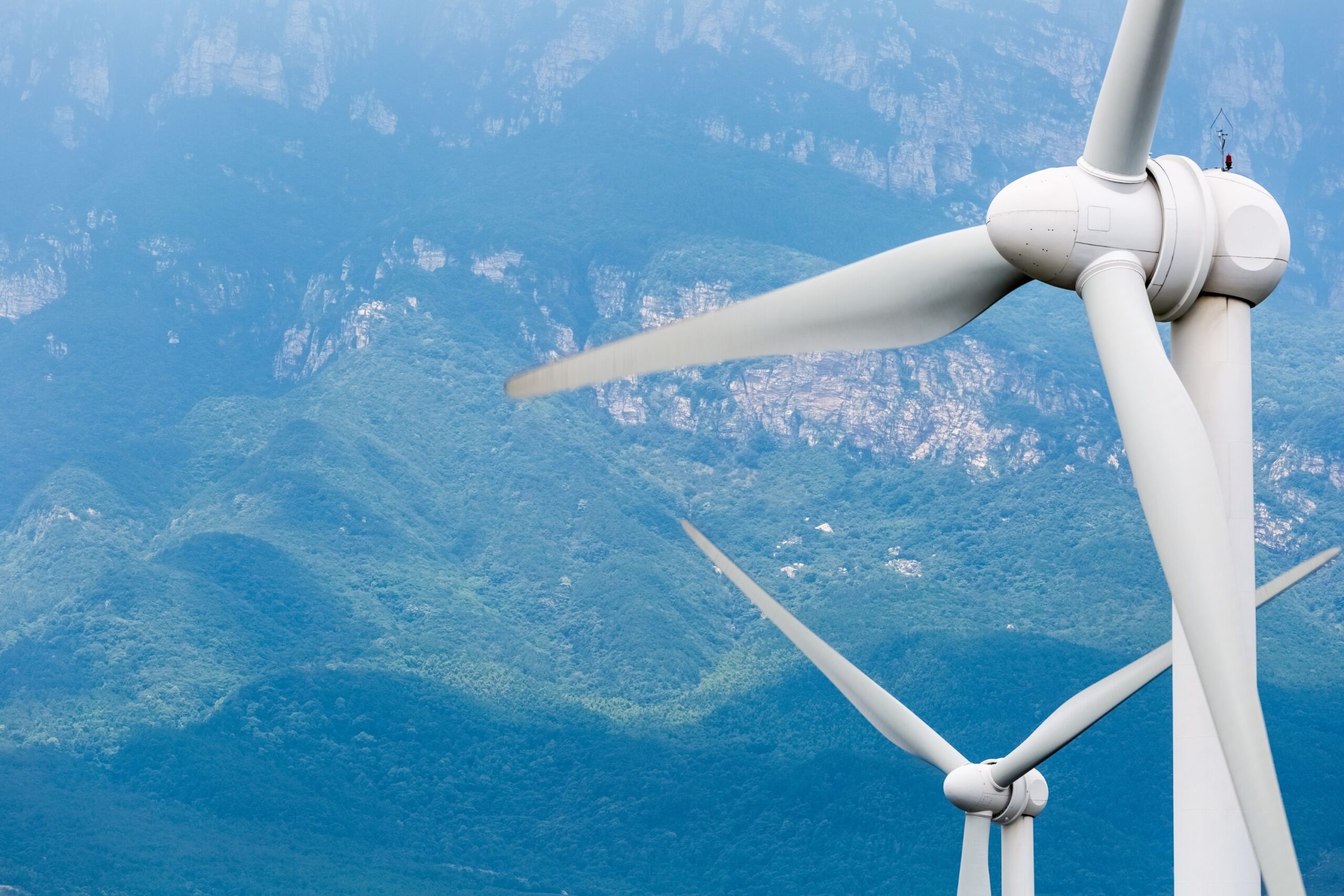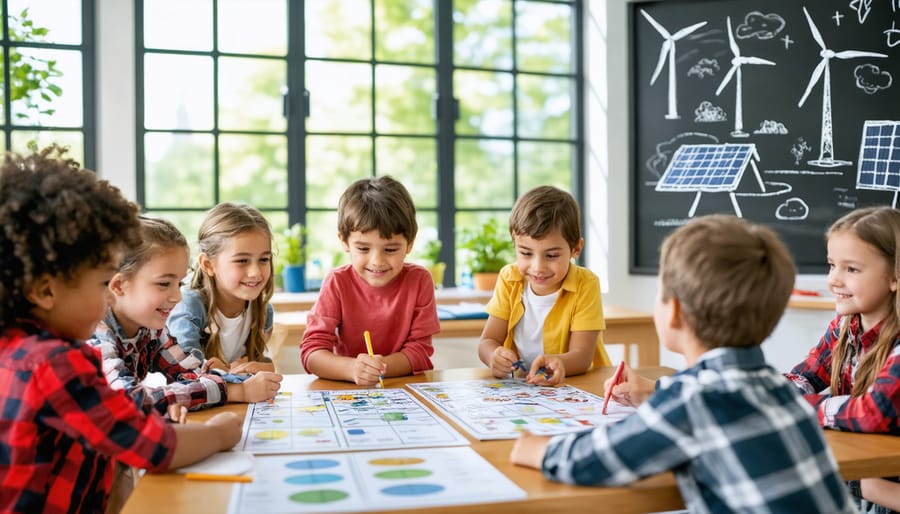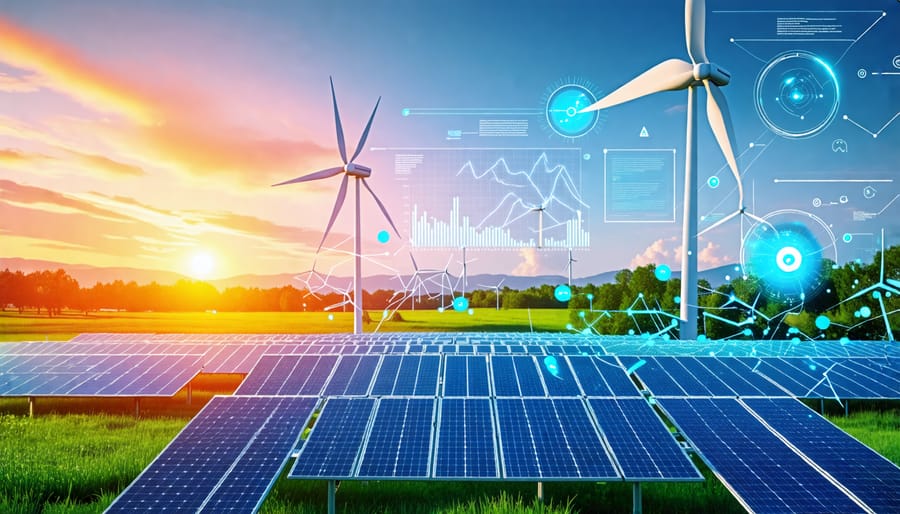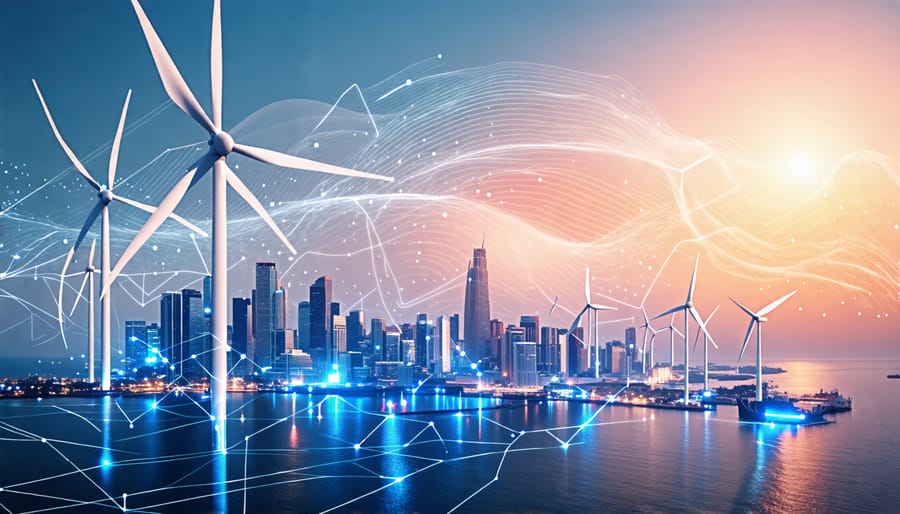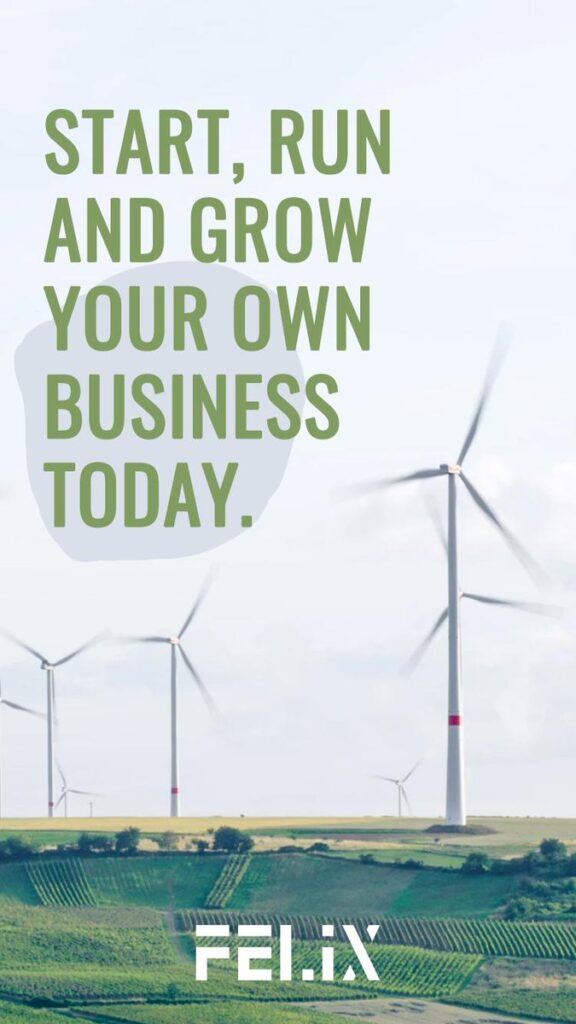Average wind turbines have an efficiency rate of 20% to 30%. Wind turbines operate on a basic principle. They utilize the wind to produce energy rather than using electricity to produce it. The wind causes the blades of a turbine around a rotor to turn. Then, the generator spins, which generates electricity.
Let’s find out more about how wind power works.
How Wind Power Works
The wind is one form of solar energy that is brought about by 3 simultaneous events. The sun heating the atmosphere unevenly, irregularities on the earth’s surface, and the earth’s rotation. The flow pattern and wind speed greatly vary, and bodies of water, terrains, and vegetation modify them.
Humans utilize the wind movement or flow of energy for different purposes such as flying a kite, sailing and producing electricity.
Wind power and wind energy explain the process wherein wind is utilized to produce electricity or mechanical power. Specific tasks such as pumping water or grinding grain can use mechanical power. Moreover, a generator can also change mechanical power into energy.
Wind turbines convert wind energy into electricity through aerodynamic force. This force comes from the rotor blades, which function similarly to the rotor blades of a helicopter or an airplane wing. When wind flows on the blades, there is a drop in the air pressure on one side of the blade. Lift and drag are created because of the difference in air pressure from the two sides of the blades.
If it is a direct drive turbine, the rotor directly attaches to the generator. If it is a gearbox, the rotor connects through a shaft and gears that rotate faster, allowing for a smaller generator. The conversion of aerodynamic force through rotation produces electricity.
The video below explains how wind turbines convert wind into electricity.
Reasons Why Wind Power Is Plausible
Depending on the use ranges from a few hundred kilowatts for homes to higher megawatts for commercial use, utility wind turbines have various capacities. The energy produced is based on the weather conditions and how big the turbine is.
Luckily, many countries have great wind resources because they have coastlines and elevated areas. Wind turbines are less costly in terms of operating expenses compared to coal and gas. When wind turbines are grouped in wind farms, they gather energy and transfer it to the electrical grid.
Last Words
Finally, you have a better understanding of how wind power functions and its many advantages. Aside from saving more money, the future of wind turbines looks positive as they are a great source of renewable and clean energy.

